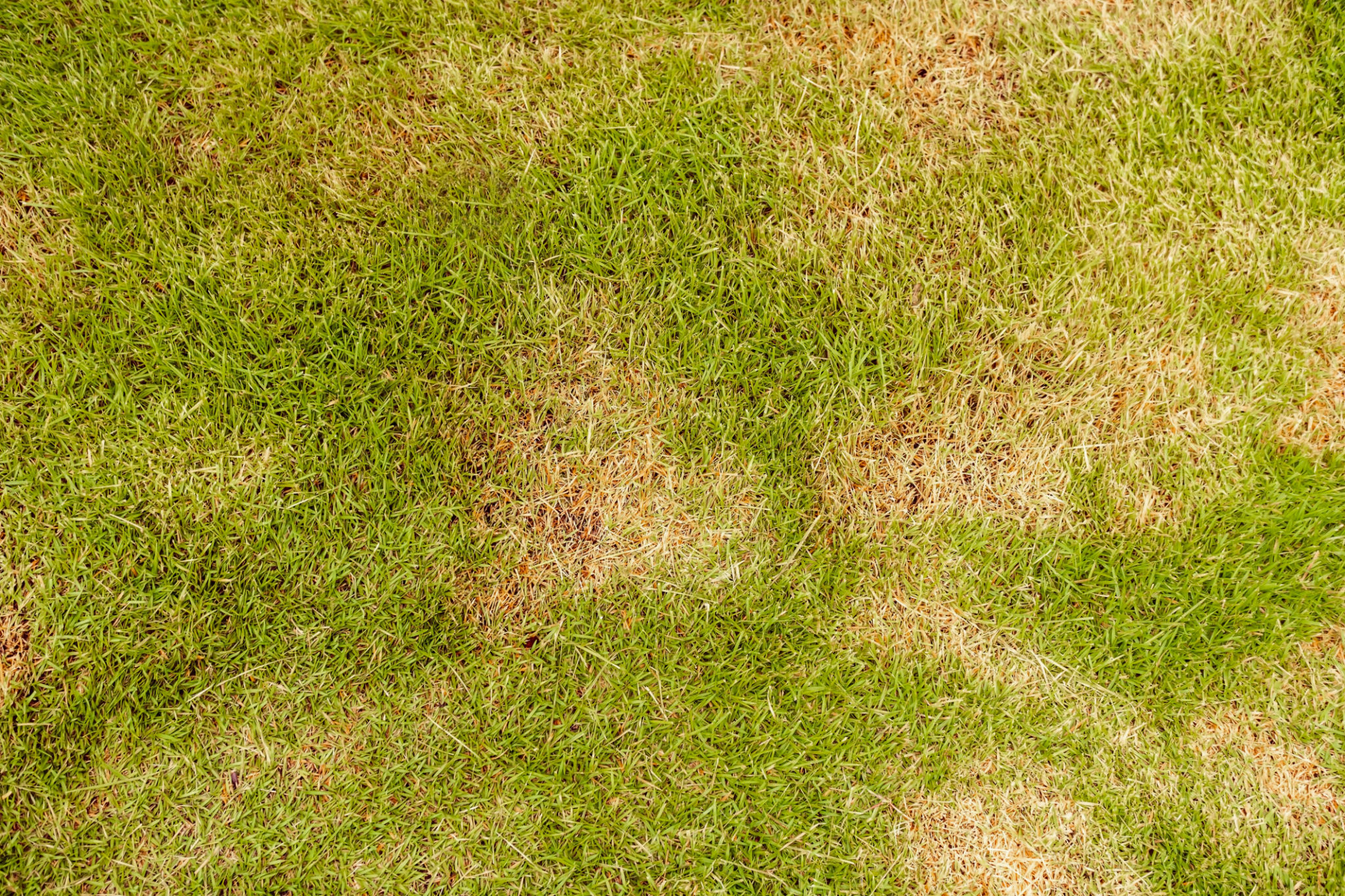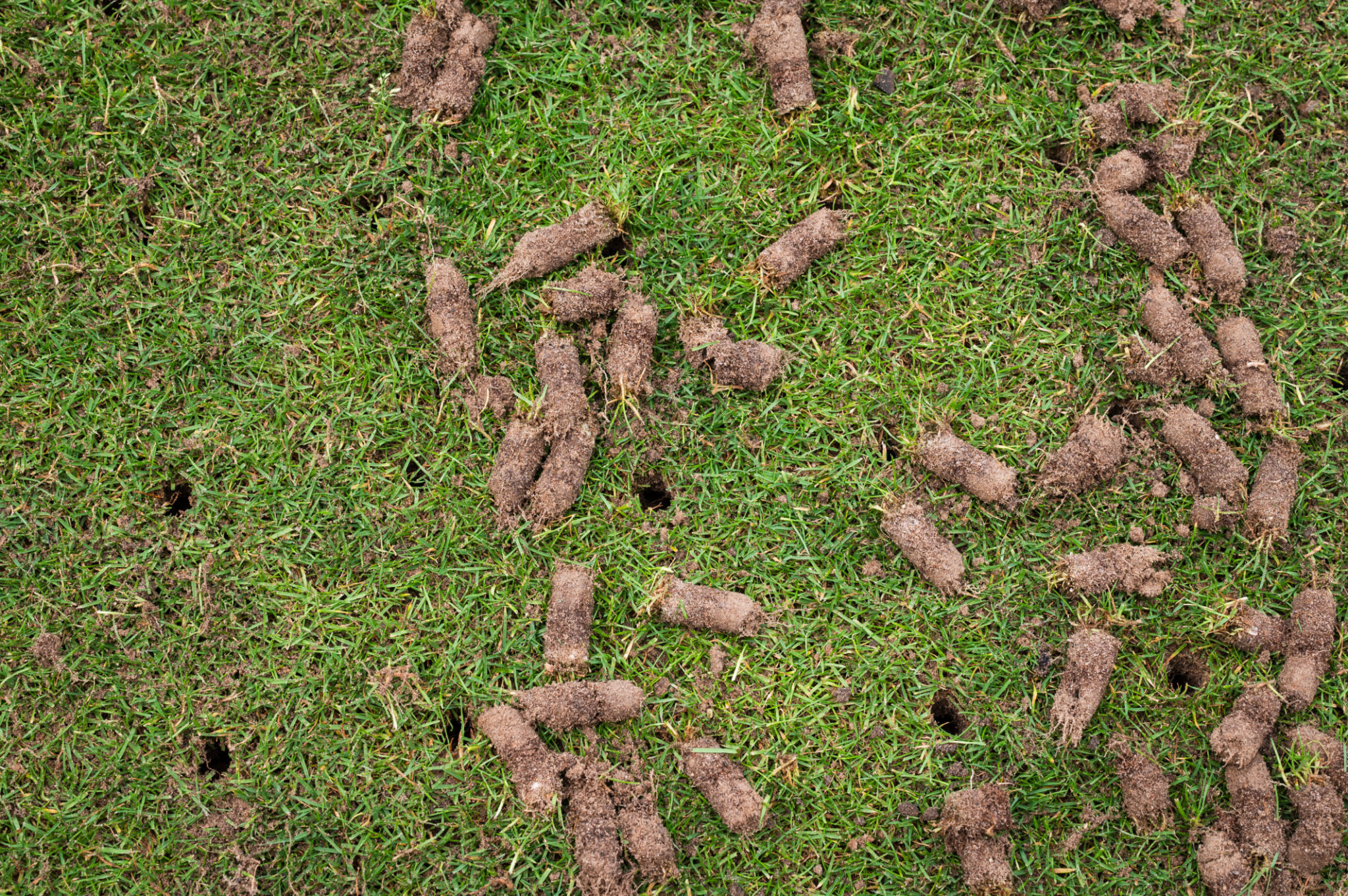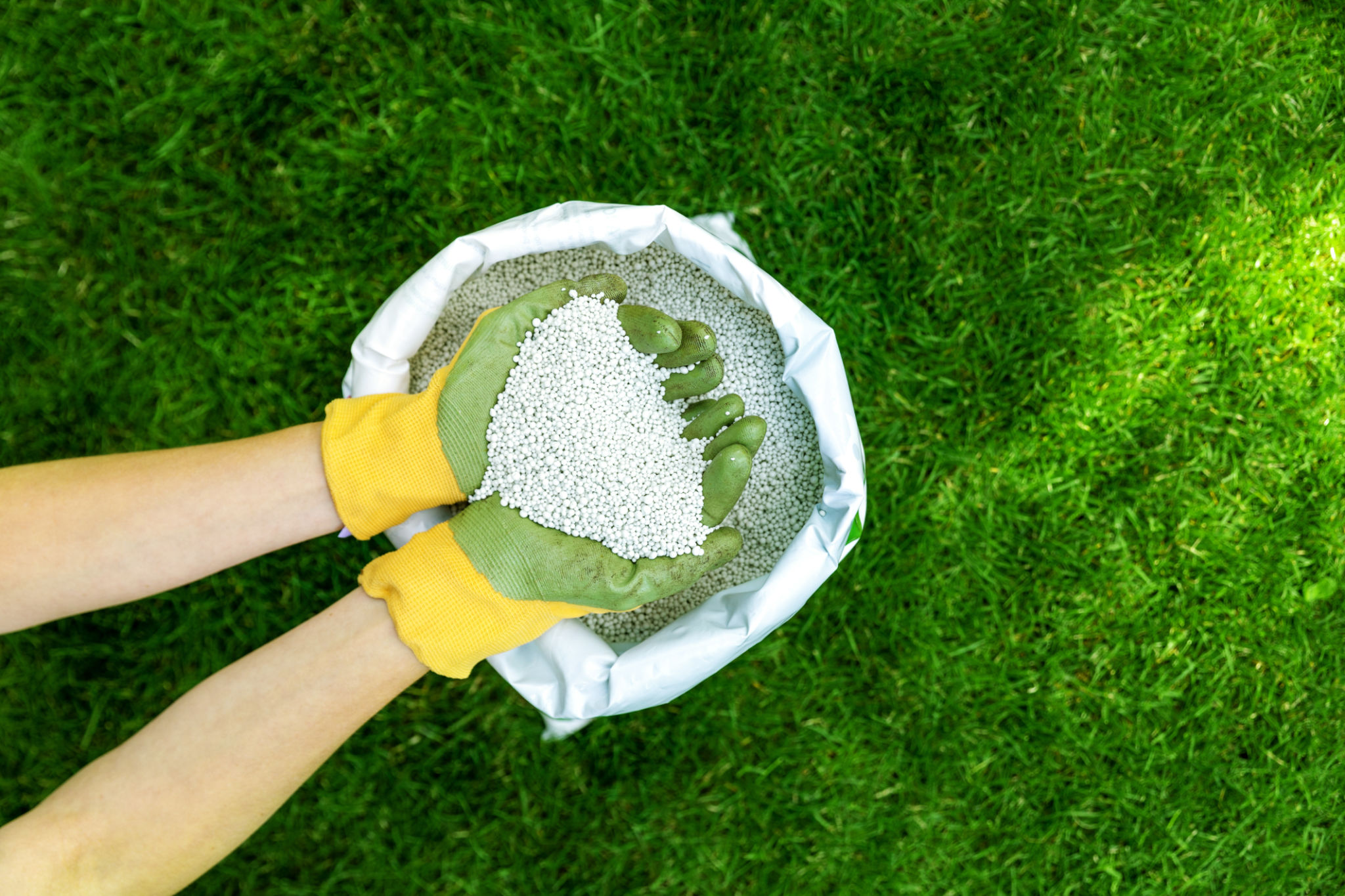DIY Lawn Care Tips: How to Prep Your Lawn for Spring in Detroit
Assess Your Lawn's Condition
As winter thaws into spring, it's essential to assess your lawn's current condition. Take a walk around your yard and look for any signs of damage caused by the harsh Detroit winter. Check for areas of dead grass, bare spots, or compacted soil. This initial inspection will help you determine what specific care your lawn needs as you prepare it for the spring season.

Rake and Clean Up Debris
Once you have assessed your lawn, it's time to clear away any debris left over from winter. Raking your lawn will not only remove leaves, twigs, and other debris but also fluff up the grass and allow air to penetrate the soil. This process helps prevent diseases and promotes healthy growth. Make sure to remove any thatch buildup, as this can hinder water and nutrient absorption.
Tools Needed for Raking
For effective raking, use a sturdy rake with flexible tines. A leaf rake is ideal for removing lighter debris, while a dethatching rake can help with more extensive thatch removal. Don't forget to wear gloves to protect your hands during the process.
Aerate the Soil
Aeration is a crucial step in preparing your lawn for spring in Detroit. Over winter, soil can become compacted, restricting root growth and water absorption. Aerating involves perforating the soil with small holes to allow air, water, and nutrients to reach the roots more effectively. You can rent an aerator from a local hardware store or use a manual aerator for smaller lawns.

Fertilize for Optimal Growth
After aerating, it's time to feed your lawn with the nutrients it needs to thrive. Select a high-quality fertilizer appropriate for the type of grass in your yard. In Detroit, cool-season grasses like Kentucky bluegrass or fescue are common, so choose a fertilizer formulated for these varieties. Apply the fertilizer evenly across your lawn using a spreader.
When to Fertilize
The best time to fertilize your lawn is in early spring when the soil temperature reaches around 55 degrees Fahrenheit. This timing encourages strong root growth and prepares your grass for the growing season ahead.

Overseed Bare Spots
If your assessment revealed any bare or thin spots in your lawn, overseeding is a great way to promote lush growth. Choose a high-quality grass seed that matches your existing lawn. Before seeding, loosen the soil in these areas to ensure good seed-to-soil contact. Water the newly seeded areas lightly but consistently until the grass is established.
Water Wisely
Proper watering is vital in maintaining a healthy lawn. As temperatures rise, monitor rainfall levels and water your lawn as needed, ensuring it receives about 1 inch of water per week. Water deeply but infrequently to encourage deep root growth. Early morning is the best time to water, as it reduces evaporation and fungal diseases.
By following these DIY lawn care tips, you'll be well on your way to a thriving lawn that enhances the beauty of your home throughout the spring and beyond.